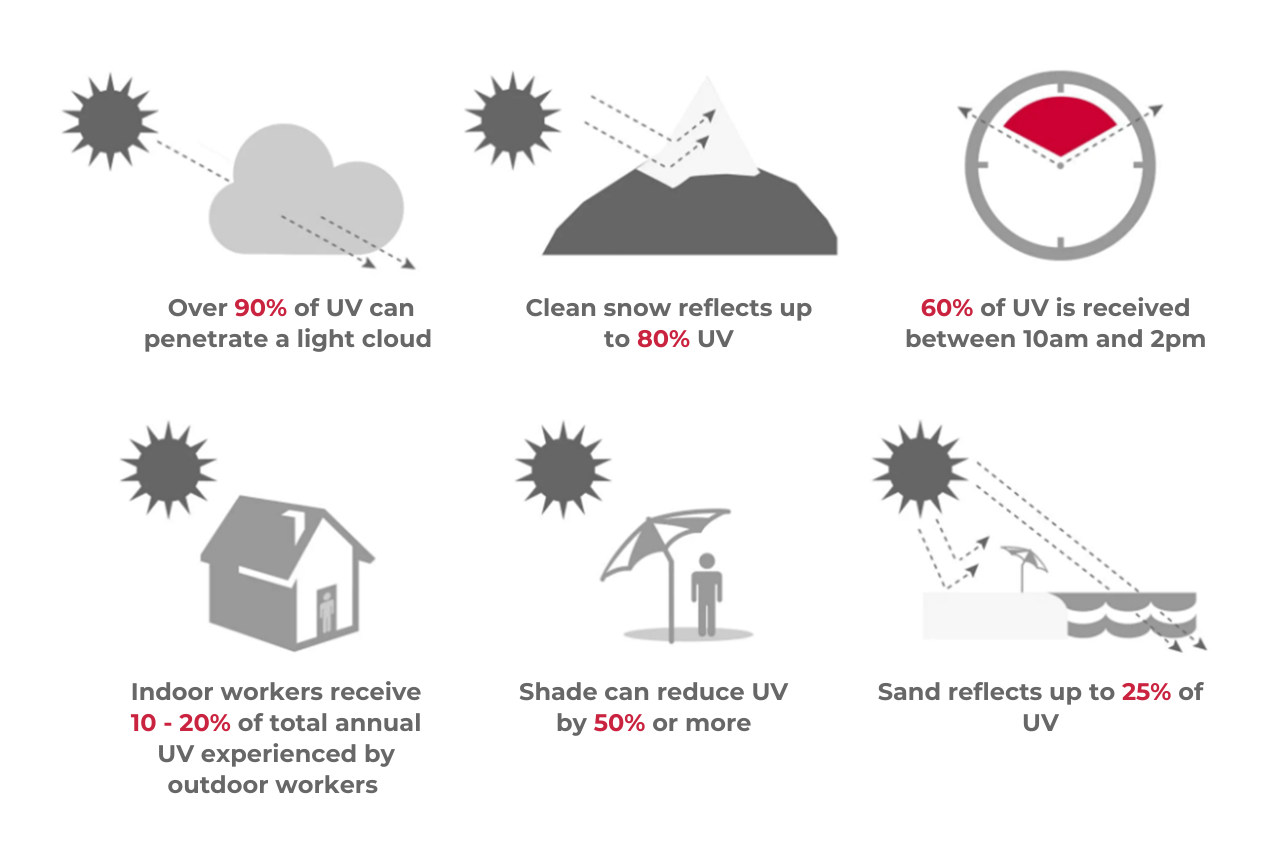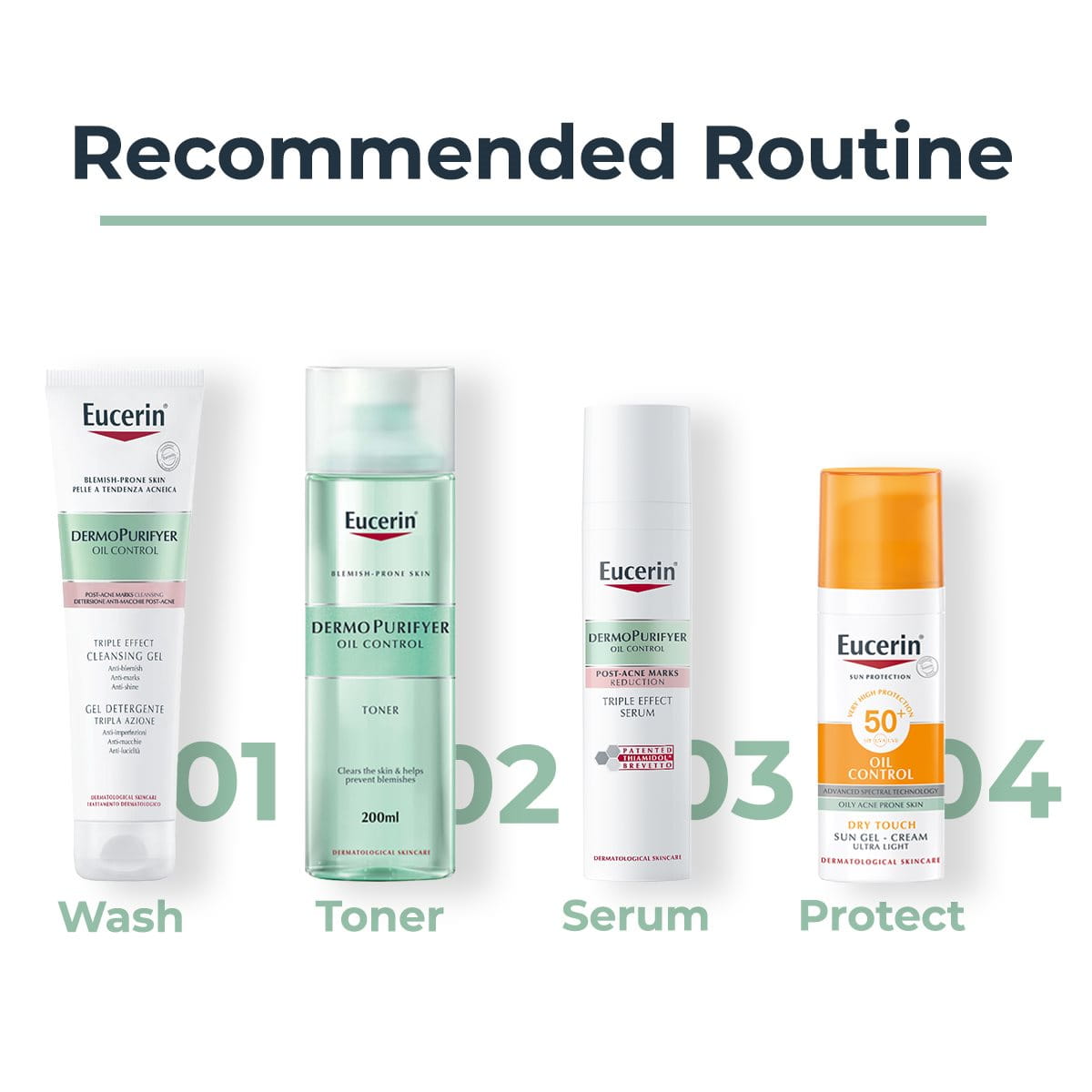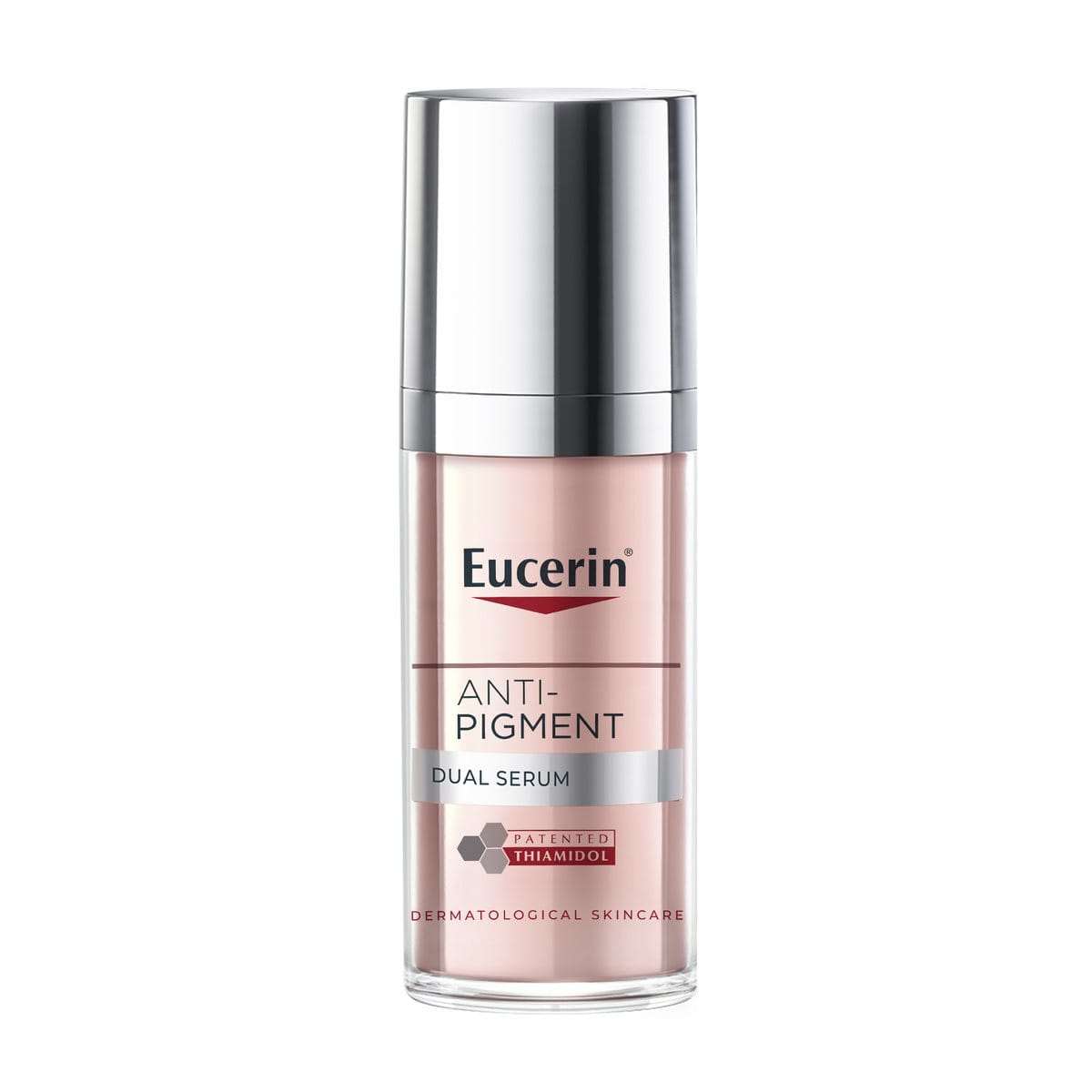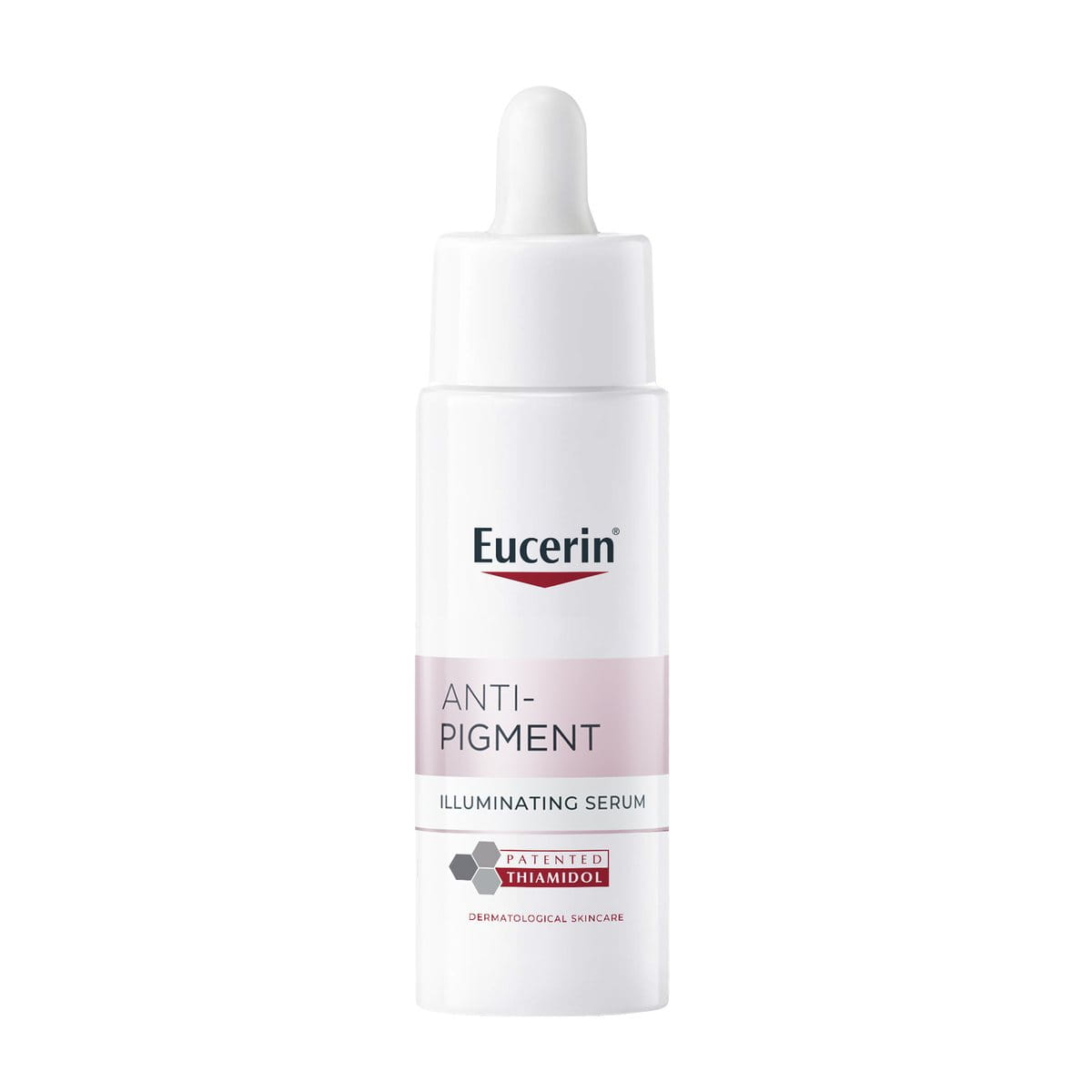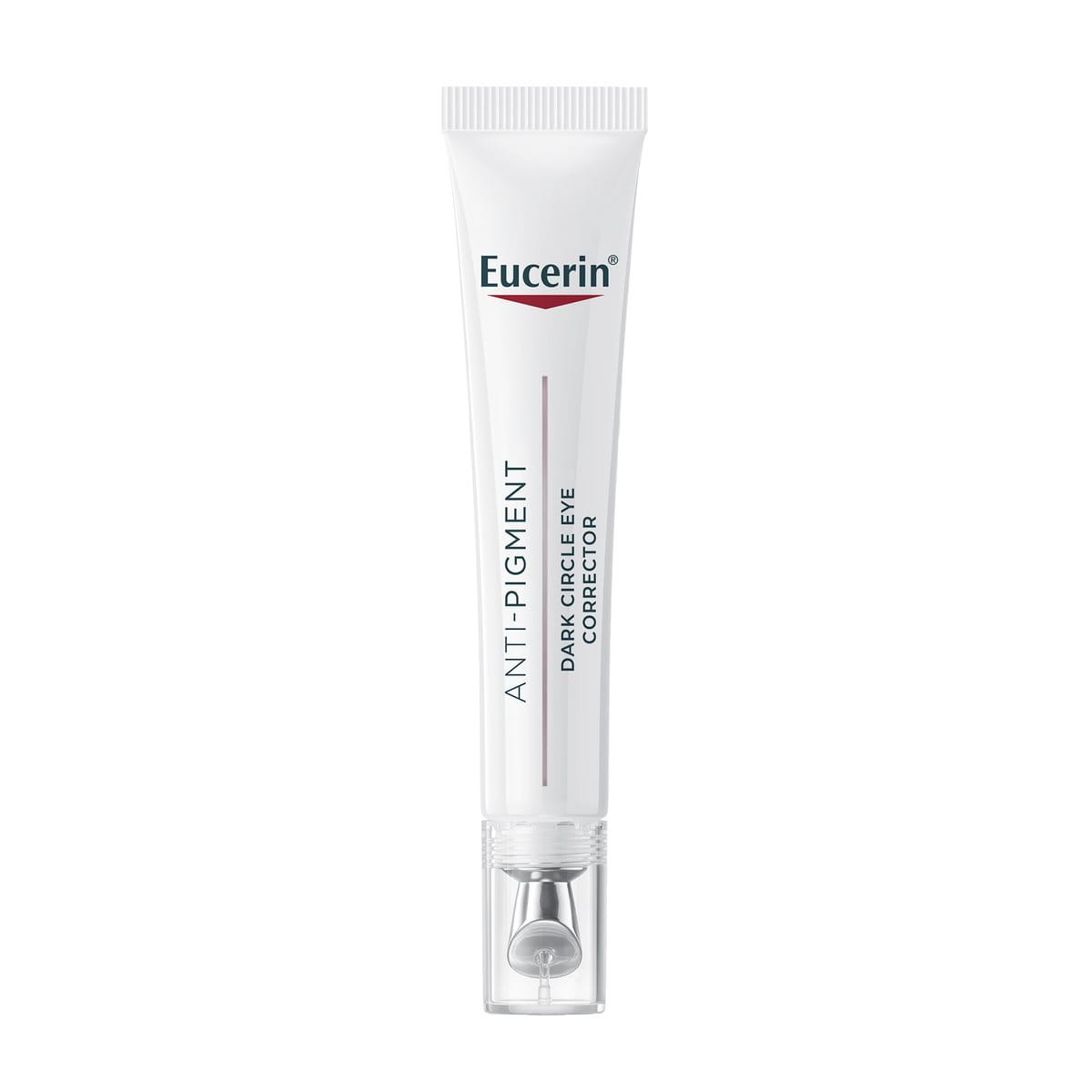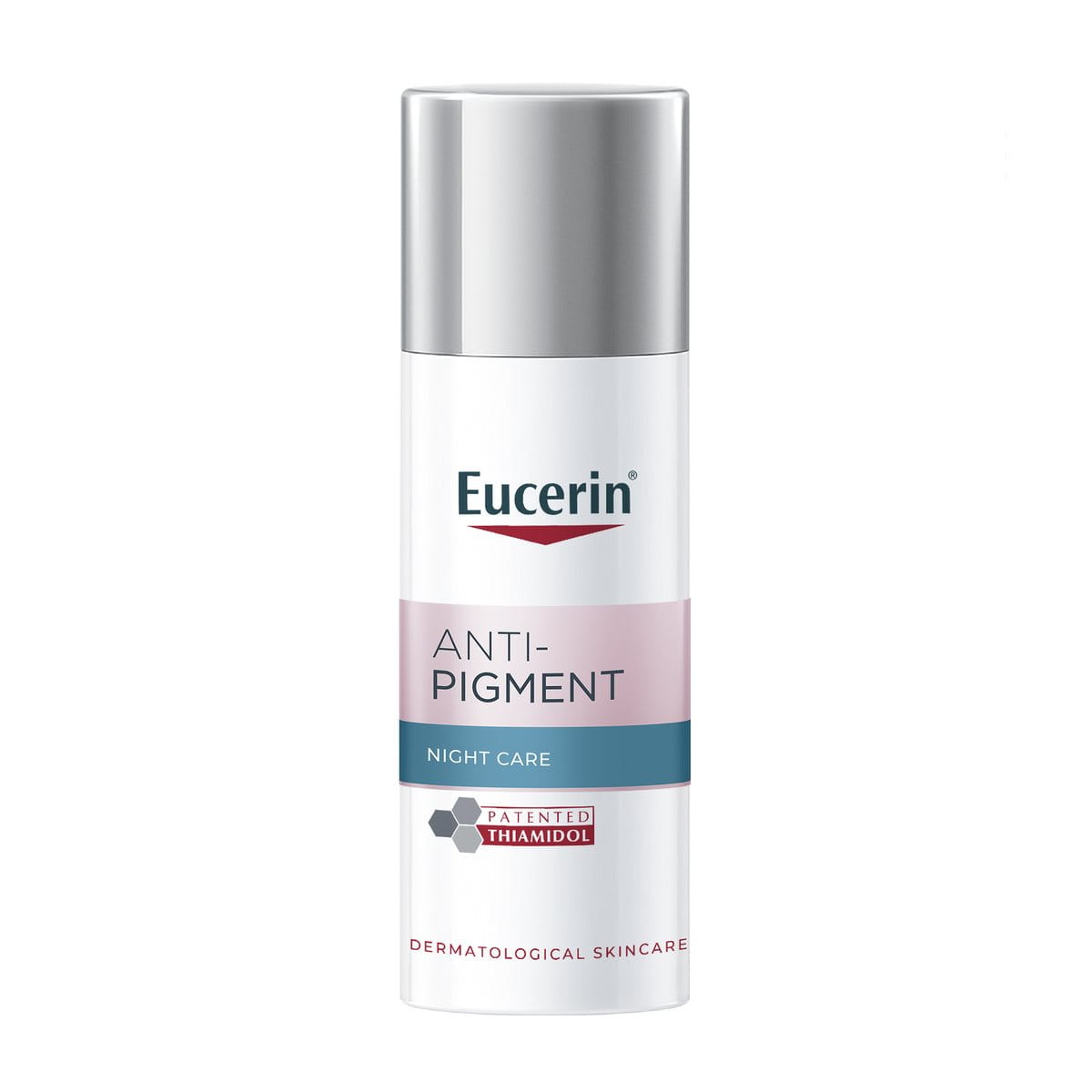While almost all cosmetic solutions are directed towards women, they’re not the only ones suffering. Men’s pigmentation – dark spots, freckles, blemishes, or melasma – is just as real a problem. While the pigmentation causes for men and women may not be so different, their skin definitely is. This is why it’s time to understand men’s hyperpigmentation and the kind of skincare that fixes it.
Keynotes:
- Hyperpigmentation in men is triggered by sun damage, inflammation from acne or shaving, hormonal changes, aging, and medical conditions.
- Indian men, due to higher melanin levels and sun exposure, are more prone to pigmentation issues. Hyperpigmentation affects men’s appearance and self-confidence.
- Daily sun protection with SPF 50+, topical treatments like vitamin C, niacinamide, retinoids, AHAs/BHAs, and Thiamidol can help manage pigmentation.
- Clinical solutions like chemical peels, laser therapy, and microneedling can also help treat extreme men’s pigmentation.
- A structured skincare routine with cleansing, toning, serums, moisturising, and sunscreen application is essential for long-term results.

